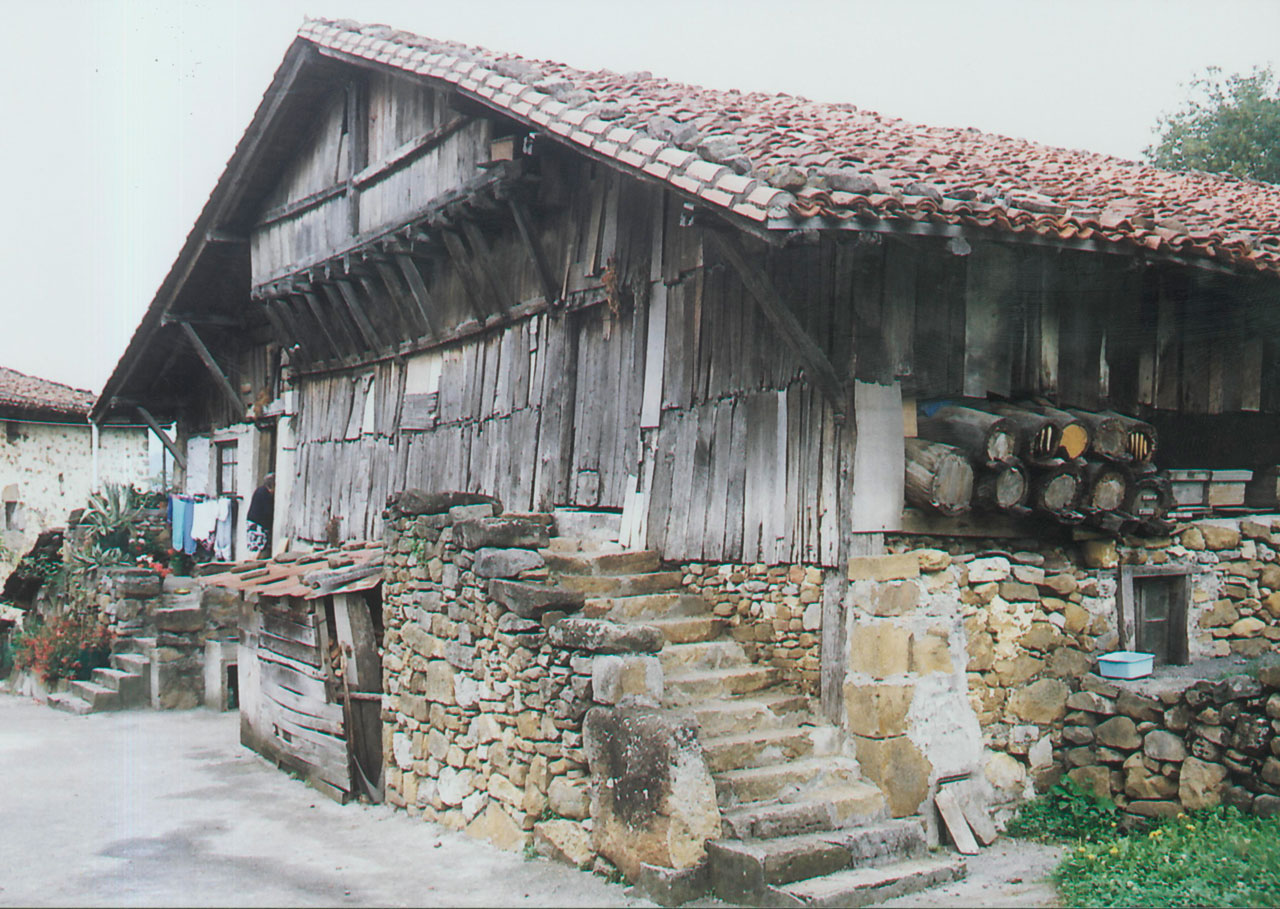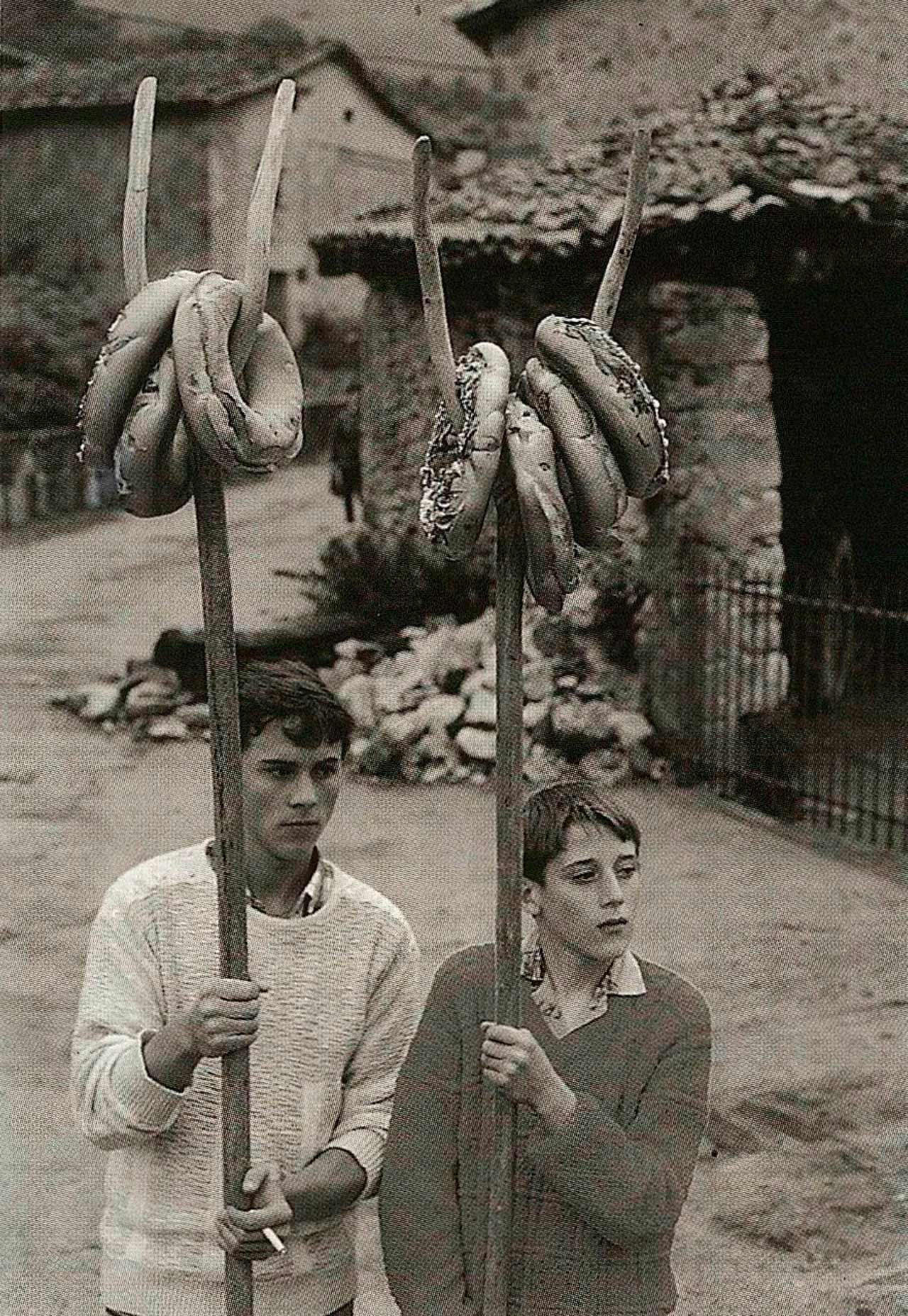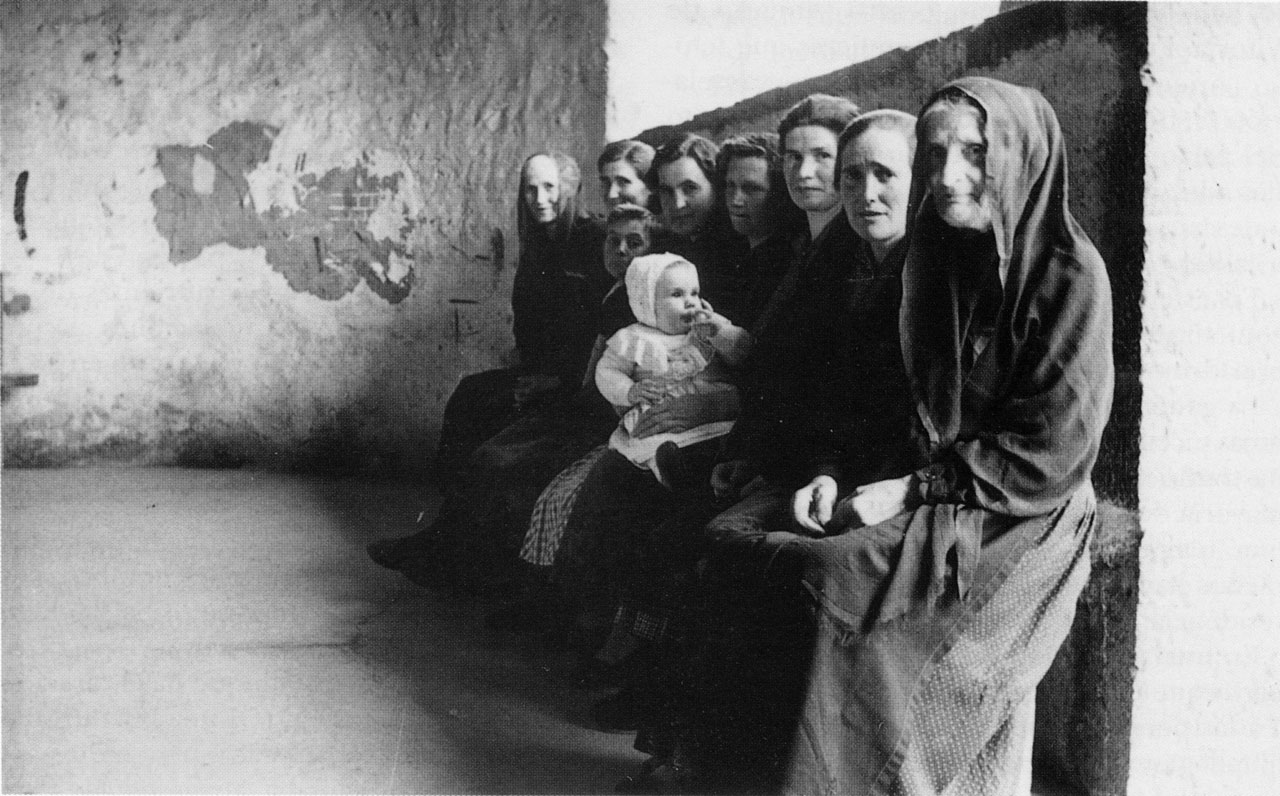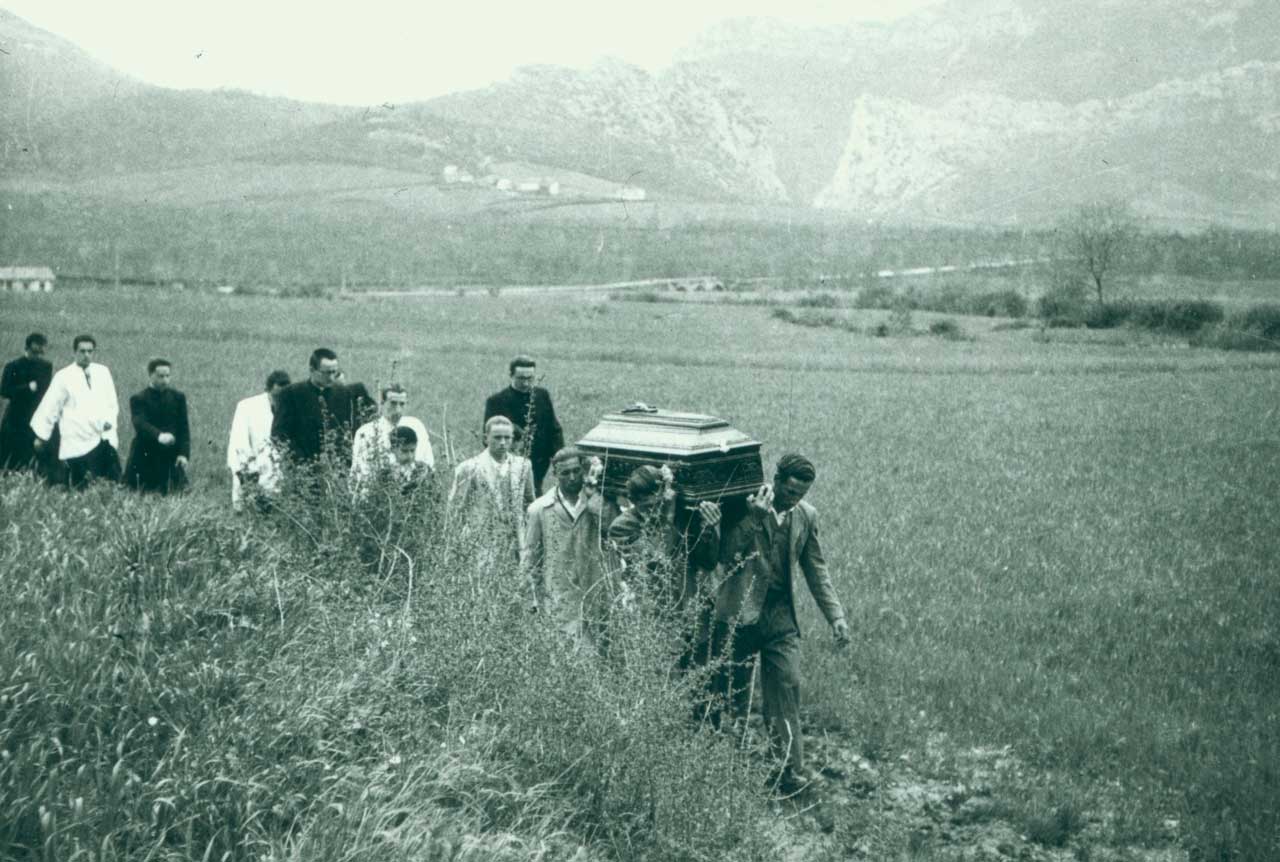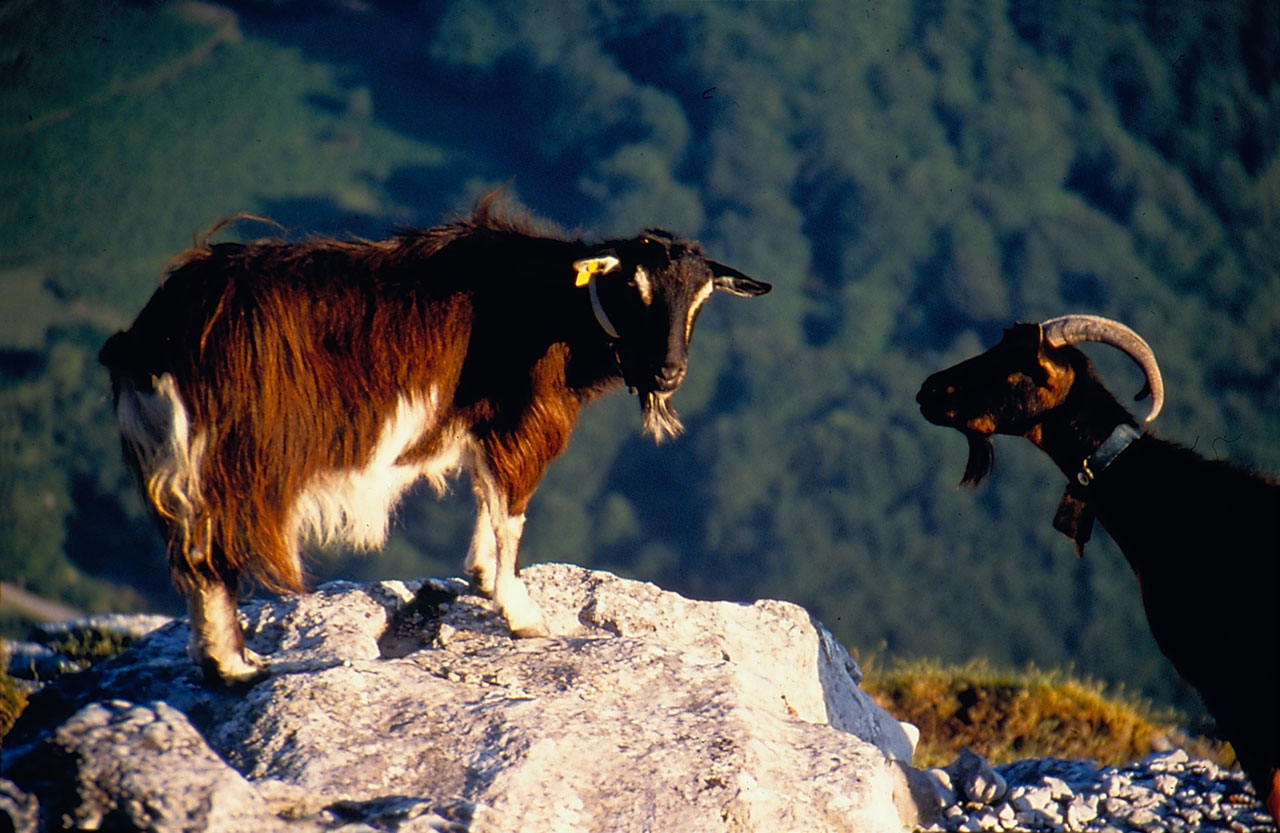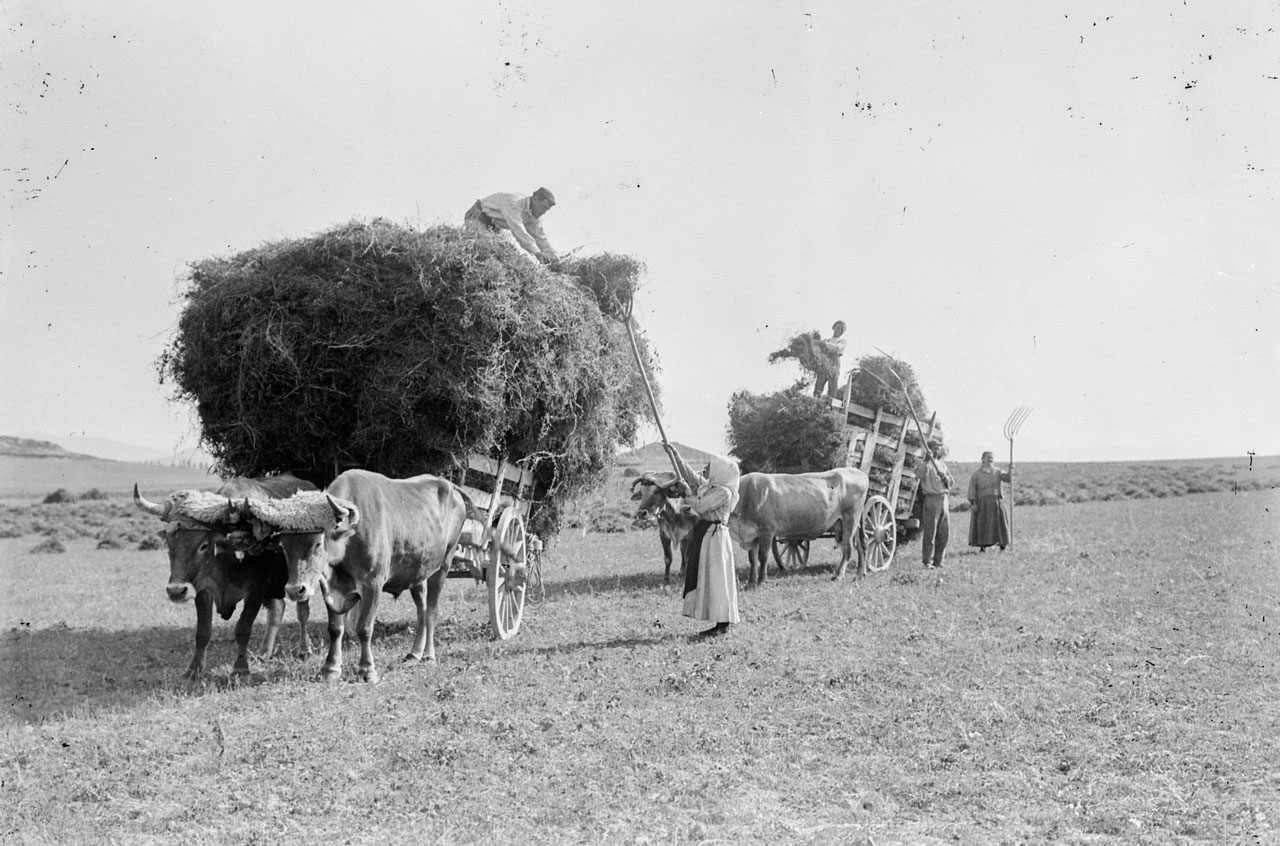Diferencia entre revisiones de «Main Page/en»
De Atlas Etnográfico de Vasconia
| Línea 7: | Línea 7: | ||
===[ganaderia|Ganadería|/atlas/cabecera/Arreoa-erakusten-Bidegoian-1957.jpg|Exhibition of the bridal trousseau. Bidegoian (G), 1957. Source: Ana Larrarte, Etniker Euskalerria Groups.]=== | ===[ganaderia|Ganadería|/atlas/cabecera/Arreoa-erakusten-Bidegoian-1957.jpg|Exhibition of the bridal trousseau. Bidegoian (G), 1957. Source: Ana Larrarte, Etniker Euskalerria Groups.]=== | ||
===[ganaderia|Ganadería|/atlas/cabecera/Caserio-Zurutuza-Zeanuri-1925.jpg|Zurututza Farmhouse. Zeanuri (B), c. 1925. Source: Labayru Fundazioa Photograhic Archive: Felipe Manterola Collection.]=== | ===[ganaderia|Ganadería|/atlas/cabecera/Caserio-Zurutuza-Zeanuri-1925.jpg|Zurututza Farmhouse. Zeanuri (B), c. 1925. Source: Labayru Fundazioa Photograhic Archive: Felipe Manterola Collection.]=== | ||
| − | ===[ganaderia|Ganadería|/atlas/cabecera/ | + | ===[ganaderia|Ganadería|/atlas/cabecera/Carro-de-boda-y-comitiva-nupcial-camino-del-caserio-Izagirre-Bidegoian-1957.jpg|Trousseau escorted by wedding entourage on their way to Izagirre Farmhouse. Bidegoian (G), 1957. Source: Martín Photographic Studio.]=== |
| − | ===[ganaderia|Ganadería|/atlas/cabecera/ | + | ===[ganaderia|Ganadería|/atlas/cabecera/Segizioa-elizan-sartzen-Zerain-1965.jpg|Funeral procession entering church. Zerain (G), 1965. Source: Karmele Goñi, Etniker Euskalerria Groups.]=== |
===[ganaderia|Ganadería|/atlas/cabecera/Calabazas-para-el-ganado-Lezama-1990.jpg|Pumpkins for the livestock. Lezama (B), 1990. Source: Labayru Fundazioa Photograhic Archive: José Ignacio García Muñoz.]=== | ===[ganaderia|Ganadería|/atlas/cabecera/Calabazas-para-el-ganado-Lezama-1990.jpg|Pumpkins for the livestock. Lezama (B), 1990. Source: Labayru Fundazioa Photograhic Archive: José Ignacio García Muñoz.]=== | ||
Revisión del 09:34 10 mar 2020
Munekogoikoa Farmhouse. Neighbourhood of Urigoiti (Orozko-B), 1994. Source: Edurne Romarate, Etniker Euskalerria Groups.
House and Family in the Basque Country


House and Family in the Basque Country
The oldest farmsteads are those where the use of timber was pivotal, both for its internal and external structure.
Family Diet in the Basque Country


Family Diet in the Basque Country
Leapfrog. Zeanuri (B), 1920. Source: Labayru Fundazioa Photograhic Archive: Felipe Manterola Collection.
Children’s Games in the Basque Country


Children’s Games in the Basque Country
—Arre, arre, mandako, bihar Tolosarako, etzi Panplonarako. —Handik zer ekarriko? —Zapata ta garriko. Children’s chant
Traditional Medicine in the Basque Country


Traditional Medicine in the Basque Country
Osasun ona eukiteko, oiloekin ohera eta txoriekin jaiki. Early to bed and early to rise makes a man healthy, wealthy and wise.
Rites from Birth to Marriage in the Basque Country


Rites from Birth to Marriage in the Basque Country
Ogiaren kurruskua mutikoa izan dadin. Eat up your crusts to have a boy.
Funeral Rites in the Basque Country


Funeral Rites in the Basque Country
Dying on a rainy day or if it rained after the death showed that the soul would be saved: gorputz ona, euritsu.
Goats wearing bells. Anboto (B), 1999. Source: Labayru Fundazioa Photograhic Archive: José Ignacio García Muñoz.
Livestock Farming and Shepherding in the Basque Country


Livestock Farming and Shepherding in the Basque Country
Cowbells, in the same way as chimes, have been attributed with the power to protect the livestock from spells. Their use to protect against the evil eye, begizkoa, was very widespread in the past.
Agriculture in the Basque Country


Agriculture in the Basque Country
Both animal and human power had a decisive impact on the way of working and on the crops until the introduction of modern machinery.
